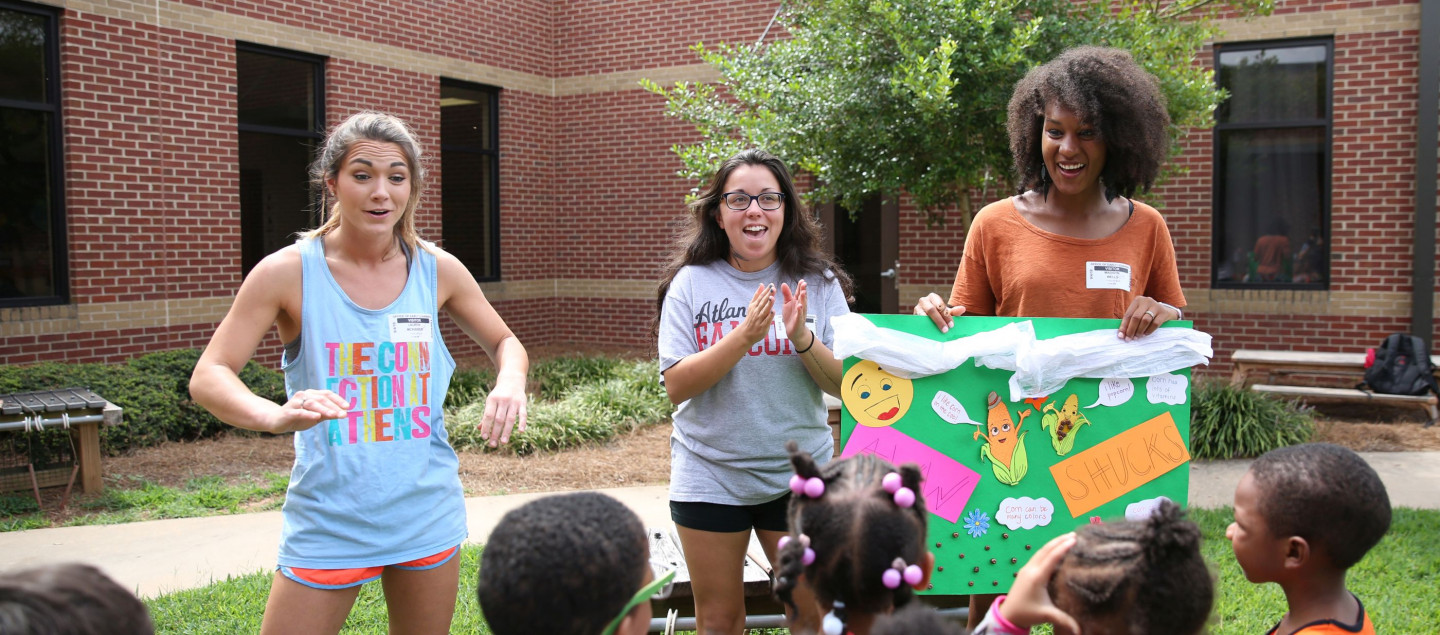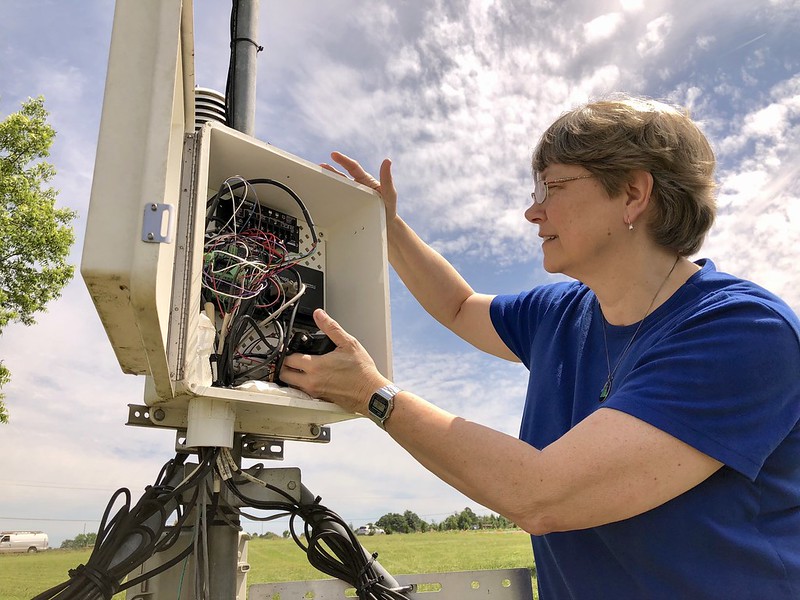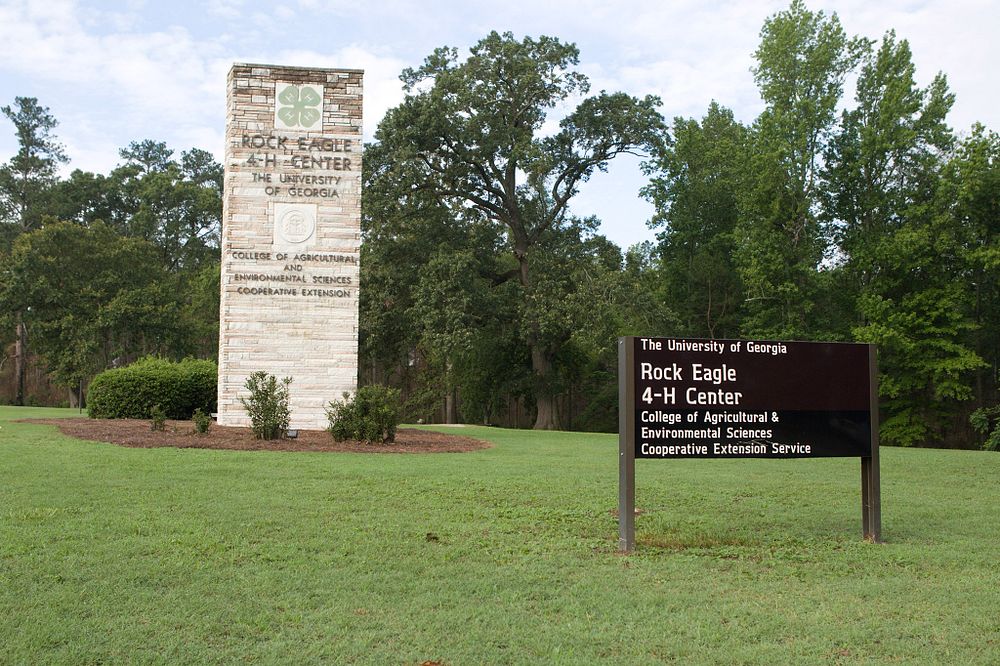 CAES News
CAES News
Rock Eagle Improvements
Rock Eagle 4-H Center was announced as a recipient of the Governor’s Emergency Education Relief Fund (GEER II) in a press release from Gov. Brian Kemp’s office on Jan. 10. The release stated that the $2.2 million in funding “will support vitally needed improvements to the facility to increase safety and expand learning experience opportunities.”


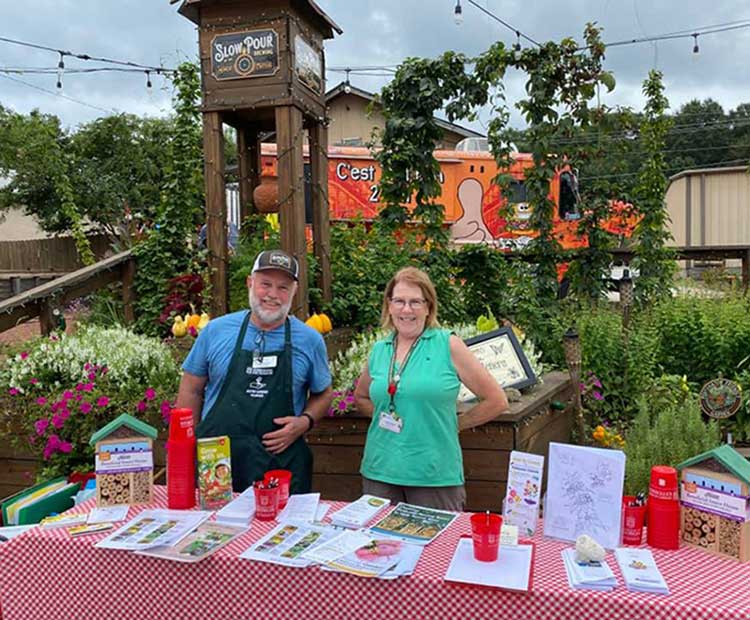

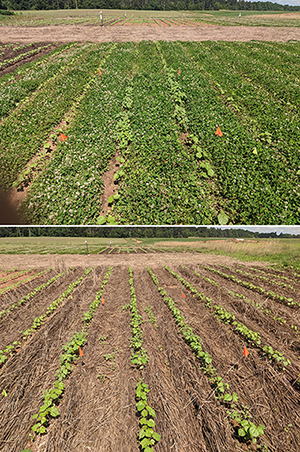
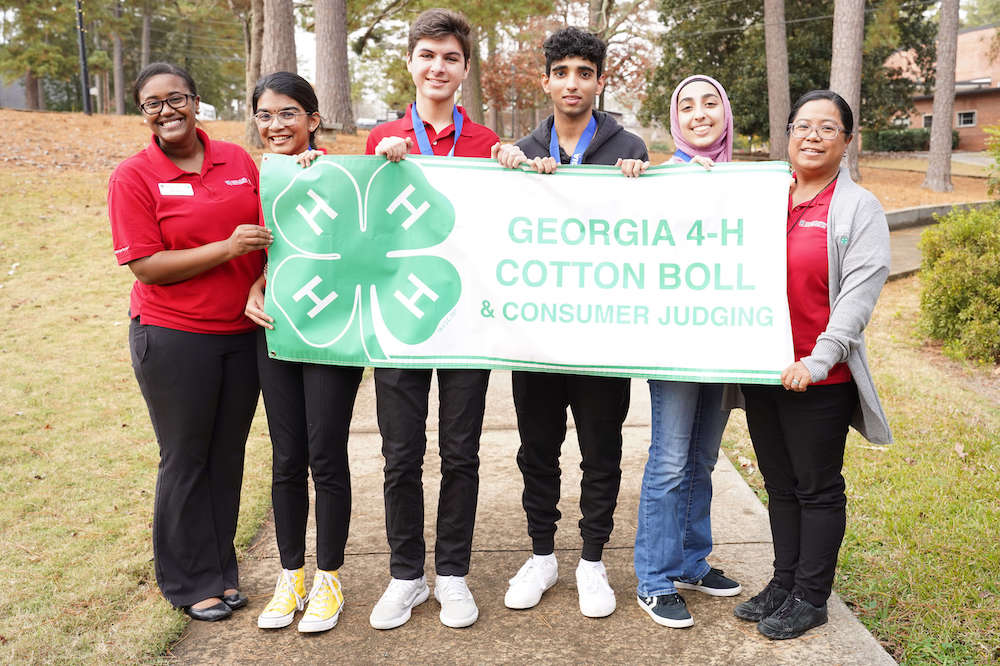
.jpg)
